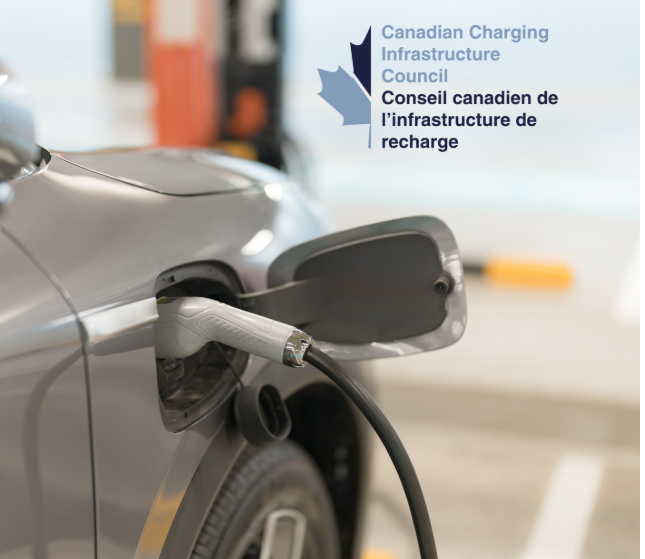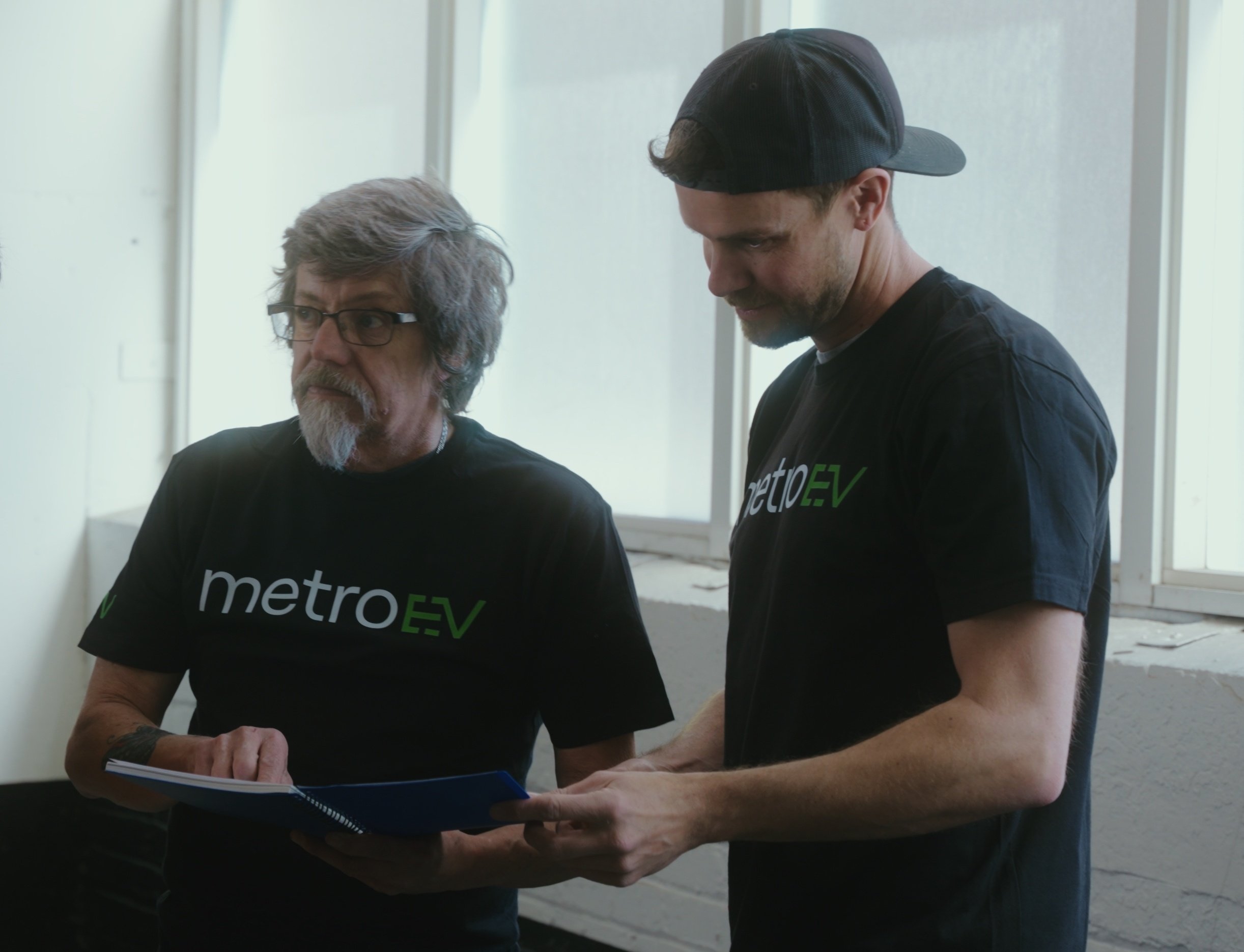EV Charging Resources
Explore our EV charging resources below to learn more about EV chargers. Download our EV charging guide, read articles about EV charger ownership, or read answers to our commonly asked questions.
DOWNLOAD THE FREE GUIDE
How to get started with EV Charging
This EV charging guide covers EV chargers, how they work, the different types of EV chargers, and our EV solutions.
EV Charging Guide

 EV Charger Insights
EV Charger Insights
.png)
NEMA Enclosure Ratings: Why You Need an EV Charger with a NEMA 4 Rating in Canada
Learn what NEMA enclosure ratings mean, the differences between NEMA rated enclosure types, and why EV chargers in Canada require a weatherproof NEMA 4 enclosure.
.png)
EV Charging Migration in Condos: Can I Switch EV Charging Software?
Wondering if you can switch EV charging software? Learn how EV charging migration works, what it costs, and how metroEV makes switching providers seamless, compatible, and...

metroEV Joins the Canadian Charging Infrastructure Council to Support Canada’s EV Charging Growth
metroEV joins the Canadian Charging Infrastructure Council (CCIC) to help advance Canada’s EV charging network and support sustainable infrastructure growth.
EV Charging Questions? We've Got Answers.
Commonly Asked Questions
What is the difference between Level 1, Level 2, and DC fast charging stations?
The most efficient and cost-effective option for commercial and multi-residential buildings is Level 2 EV chargers. The goal of a Level 2 charger is not to fill up your EV as quickly as possible. Rather, Level 2 chargers will fill up most vehicles within a couple of hours without putting an unreasonable demand for power on your building’s existing electrical infrastructure.
Level 3 chargers, also known as DC fast-charging, offers 10 to 20 times the charging speed of the more widely used level II mid-speed chargers. In other words, 15 minutes at a Level 3 station could provide the same charge as 5 hours at a Level 2 station. Level 3 charging units come at a substantial premium and requires additional infrastructure.
Learn more about the different EV charger types.
What is OCPP and why is it important to me?
There are two types of network management services for EV charging: open and closed. Open networks use international protocols like OCPP (Open Charge Point Protocol) and empower customers to install a range of charging stations regardless of station manufacturer.
Closed networks use proprietary protocols and typically only service stations manufactured by the closed network provider. In general, open networks are more affordable and flexible, while closed networks have the advantage of tight integration.
When choosing a closed system network, if for any reason you decide to change the software company provider, the charging stations will have to be replaced. This will entail significant additional costs. With open systems (OCCP chargers), the software company provider can upgrade the existing chargers at minimal or no cost. Learn about how our EV charging software is OCPP compliant.
How do residents, employees, or visitors access our electric charging stations?
One of the most important elements you want to make sure the solution provides for is billing and monitoring.
Every smart charger installed by metroEV is fully equipped for billing and monitoring. With smart charging, there is no need for submeters or additional hardware. Usage data is collected directly from your charger and processed by ChargeLab’s (metroEV’s software provider) platform for billing. Learn more about billing and monitoring in our all-in-one EV charging software.
As an example, with a Level 2 charger the average electricity cost is $0.80 per hour. Setting the hourly rate that users are charged at $2.00 will both cover costs and facilitate a return on the investment.
metroEV supports both types of EV charging solution for your condo building: shared EV charging, where EV chargers are installed in visitor parking spots to be shared by multiple residents; and private EV charging, where each resident gets their own EV charger in their private parking space. Learn more about private and shared EV charging solutions for your condo building.
Our exclusive provider of charger management software is ChargeLab. We’ve chosen to work with this Canadian supplier because of the flexibility and convenience of their platform.
How do we know if we have the right infrastructure to support EV charging?
The electric vehicle charging experience for both managers and EV drivers is defined by EV charger management services sometimes called “network management”. This includes software and services bundled with EV chargers that are tailored to the needs of property managers and EV drivers. Learn more about our EV charging software.
Electrical power management allows your building’s electrical infrastructure to support dramatically more EV chargers by adjusting the output of each charger depending on how many EVs are plugged in. Choosing a solution with power management is crucial for future-proofing your building. Learn more about the importance of power management.
Do you install and supply EV charging stations?
Yes! metroEV is a leader in electrical solutions. Our fully certified and insured electricians are here to make fast and safe installation of your EV station.
What is the difference between load shedding and load sharing?
Load Sharing manages the electrical capacity by sharing this capacity among all vehicles using the system. This ensures that all vehicles will be charged even in the event that maximum electrical capacity is required.
Load Shedding manages the electrical capacity by shedding a vehicle (i.e. stopping the charge) in order to allow a new vehicle to commence charging. Some vehicles may be left without a charge in the event maximum electrical capacity is required.
metroEV’s uses load sharing to manage the electrical power ensuring that all vehicles will be charged. Learn more about EV load management.
